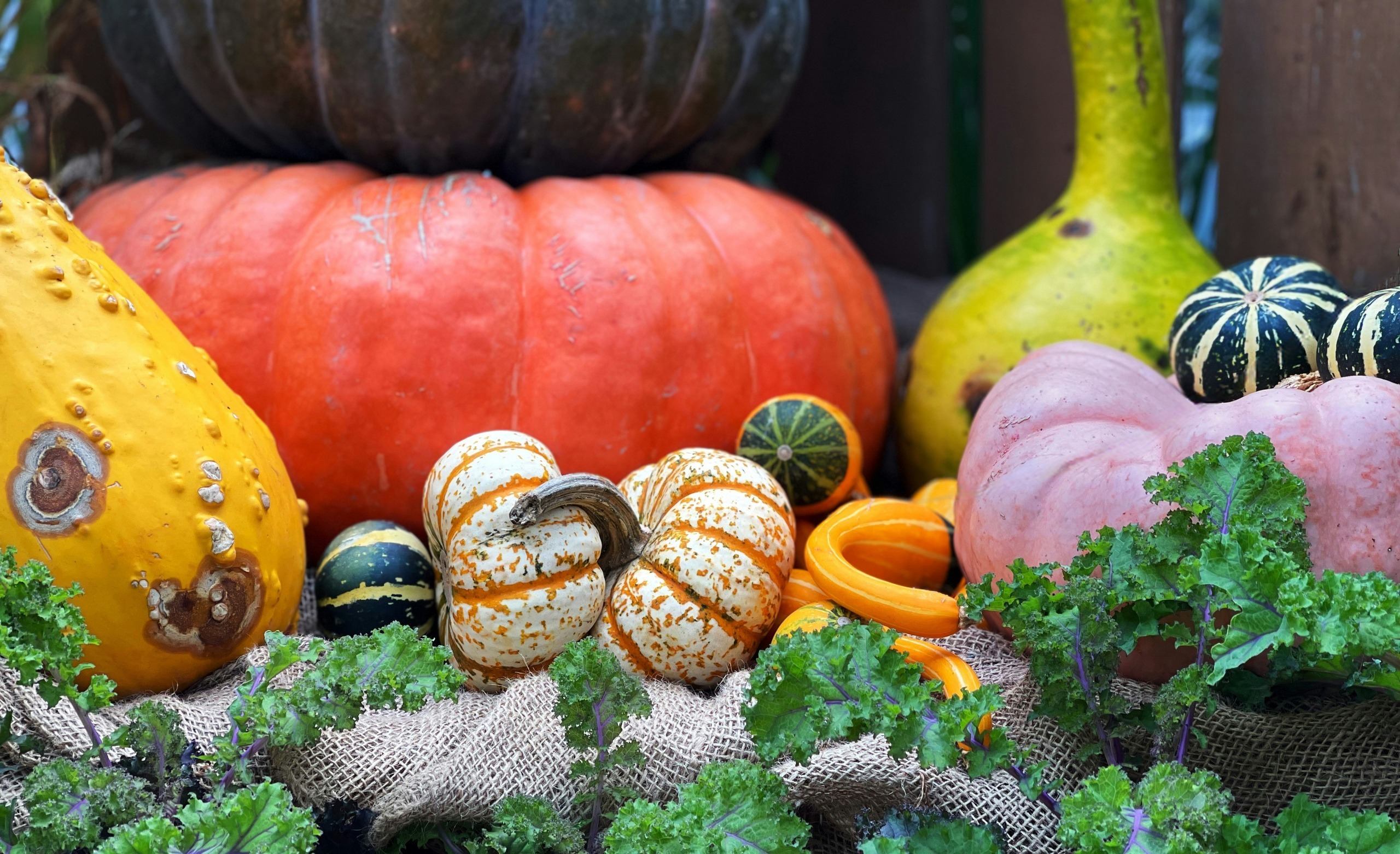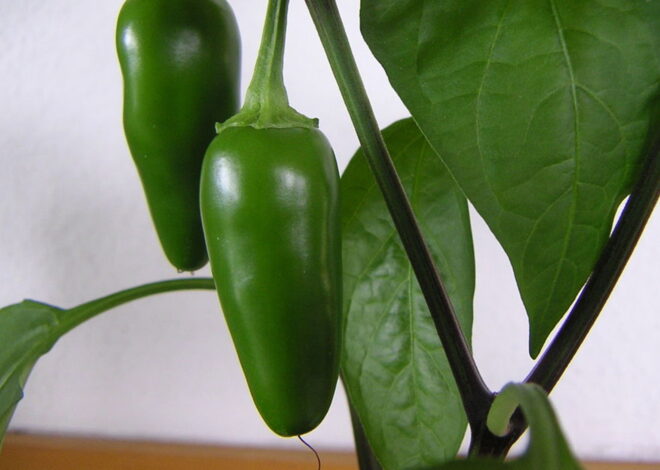
How To Grow Squash
Welcome to our step-by-step guide on how to grow squash. Are you ready to embrace the joys of home gardening? Growing squash can be a rewarding adventure that not only fills your plate with delicious meals but also adds vibrant greenery to your backyard.
Whether you’ve got a green thumb or are just starting out, squash is an excellent choice for gardeners at any level. With its sprawling vines and colorful fruits, it’s hard not to fall in love with this versatile plant.
But why should you start growing squash? Beyond its stunning appearance and delectable taste, squash offers numerous health benefits and can thrive in various climates. Imagine stepping into your garden and picking fresh squash straight off the vine—there’s nothing quite like it!
Let’s dive into everything you need to know about how to grow squash successfully so that you can enjoy this fantastic vegetable from seedling to harvest.
Benefits of Growing Squash
Growing squash offers a bounty of benefits that go beyond just tasty meals. First, it’s an excellent choice for gardeners seeking to boost their vegetable intake. With vibrant colors and various textures, squash adds visual appeal to any garden. Squash plants are typically productive, yielding plenty of fruit in a single growing season.
This means you can enjoy fresh produce straight from your backyard without frequent trips to the grocery store. Additionally, squash is packed with nutrients. Rich in vitamins A and C, along with fiber, they contribute positively to your health. Incorporating them into your diet can support everything from eye health to digestion.
Furthermore, growing squash fosters biodiversity in your garden ecosystem. They attract beneficial insects like pollinators while deterring certain pests naturally—creating a balanced environment beneficial for all your plants.
Types of Squash Plants
Squash plants are diverse, offering a variety of shapes, sizes, and flavors. They mainly fall into two categories: summer squash and winter squash. Summer squash is typically harvested when immature. Varieties like zucchini and yellow crookneck have soft skins that make them perfect for quick cooking. Their tender flesh is ideal for stir-fries or grilling.
On the other hand, winter squash has a thicker skin and denser flesh that allows it to be stored longer. Favorites include butternut, acorn, and spaghetti squash. These varieties are delicious roasted or pureed into soups. Each type has unique characteristics suited to different culinary uses.
Whether you prefer the crispness of summer varieties or the heartiness of winter types, there’s plenty to explore in the world of squash!
What to Consider Before Growing Squash (climate, soil, space)
Before you dive into growing squash, consider the climate in your region. Squash thrives in warm weather and needs full sun. Ideally, aim for temperatures between 70°F to 90°F during the day. Next up is soil quality. Well-draining soil enriched with organic matter will give your plants a solid foundation.
Aim for a pH level between 6.0 to 7.5 for optimal growth. Space is another critical factor. Squash can spread quite a bit, especially vining varieties like zucchini or spaghetti squash. Ensure you have enough room for them to sprawl without overcrowding other plants in your garden.
Water access also plays an important role, as squash requires consistent moisture but does not tolerate soggy conditions well. Keep these factors in mind before planting for a successful harvest!
Step-by-Step Guide on How to Grow Squash:
Growing squash can be an enjoyable and rewarding experience.
A. Choosing the Right Variety
Choosing the right variety of squash is crucial for a successful harvest. With so many options available, it’s essential to consider your growing conditions and culinary preferences.
Zucchini is a popular choice due to its versatility in cooking. It thrives in various climates and can be harvested young for tender results. Summer squash varieties are also abundant; their soft skin makes them a delightful addition to salads or sautés.
If you prefer something heartier, winter squash such as butternut or acorn might be more suitable. These varieties store well and offer rich flavors perfect for soups and roasting.
Consider your garden space too. Some varieties spread out widely, while others grow vertically, saving ground space. Picking the right type not only enhances your garden but adds flavor to your kitchen creations!
B. Preparing the Soil for Planting
Preparing the soil is a crucial step in growing squash. Start by selecting a sunny spot in your garden. Squash loves warmth and light, so aim for an area that receives at least six hours of sunlight daily.
Next, test your soil’s pH level. Squash thrives best in slightly acidic to neutral soil (pH 6-7). You can adjust it by adding lime or sulfur as needed.
Loosen the soil to about 12 inches deep using a garden fork or tiller. This promotes good drainage and root growth. Incorporate organic matter like compost or well-rotted manure to enrich the soil with nutrients essential for strong plants.
Clear away any rocks or weeds from your planting area. A clean bed ensures that squash seedlings have all they need to flourish without competition for resources.
C. Planting Seeds or Seedlings
When it comes to planting squash, timing is key. Wait until after the last frost, and ensure the soil temperature is at least 70°F. This warmth promotes healthy germination.
If you’re starting from seeds, plant them directly into the garden about an inch deep. Space them appropriately; most varieties need around three feet apart to thrive without crowding each other.
Alternatively, if you prefer seedlings, choose strong plants that are about six weeks old. Carefully transplant them into pre-prepared soil holes, ensuring minimal disturbance to their roots.
Water gently but thoroughly right after planting. This helps settle the soil around the roots and encourages quick establishment in their new home.
Keep an eye on your newly planted squash for signs of growth and adjust watering as needed during those early days!
D. Essential Care and Maintenance Tips
Caring for squash requires a bit of attention but is well worth the effort. Start by ensuring your plants receive adequate water. Aim for about an inch of water each week, especially during dry spells. Soil moisture is vital, so check regularly.
Fertilizing is another key aspect. Use a balanced fertilizer or one specifically designed for vegetables to promote healthy growth. Apply it every few weeks throughout the growing season.
Pruning can also help maintain air circulation and reduce disease risk. Remove any yellowing leaves or damaged vines to keep your plants strong.
Pests are always lurking, so inspect your squash regularly for signs of trouble such as holes in leaves or sticky residue from aphids. Handpicking pests can be effective if numbers are low.
Mulching around the base can help retain soil moisture while suppressing weeds that compete with your squash for nutrients.
Common Pests and Diseases to Watch Out For
Growing squash can be rewarding, but it also comes with its challenges. Pests and diseases are common threats that every gardener should keep an eye on. One of the most notorious pests is the squash bug. These little critters suck the sap from leaves, leading to wilting and yellowing.
Early detection is crucial; look for clusters of eggs on the undersides of leaves. Another pest to watch out for is the cucumber beetle. It not only damages plants directly but can also spread bacterial wilt disease. Keep your garden tidy and consider row covers to deter them.
Fungal infections like powdery mildew can strike during humid conditions. Regularly inspect your plants and ensure good air circulation by spacing them appropriately. Maintaining a healthy garden involves vigilance against these adversaries while promoting natural pest predators like ladybugs or lacewings, which help control harmful populations organically.
Harvesting and Storing Squash
Harvesting squash is an exciting time for any gardener. The key to knowing when to pick is observing the color and firmness of the skin. Most squashes should feel solid and vibrant in color, signaling they are ready for harvest. Use a sharp knife or garden shears to cut the stem about an inch above the fruit.
This technique minimizes damage while ensuring you get a clean cut. Once harvested, it’s crucial to store your squash properly. Keep them in a cool, dry place away from direct sunlight. A basement or garage can work well for long-term storage.
Avoid stacking squash directly on top of one another; this prevents bruising and spoilage. With proper care, fresh squash can last several weeks or even months, allowing you to enjoy your hard-earned bounty throughout the season!
Delicious Recipes Using Freshly Grown Squash
Freshly grown squash can elevate a dish with its rich flavor and vibrant color. One delightful option is stuffed squash. Hollow out zucchini or acorn squash, then fill them with a mixture of quinoa, black beans, corn, and spices for a hearty meal. For a lighter fare, try spiralizing zucchini into noodles.
Toss them in olive oil with cherry tomatoes and garlic for an easy pasta alternative that’s refreshing yet satisfying. Another fantastic recipe involves roasting butternut squash. Cut it into cubes, season with cinnamon and nutmeg, then roast until tender. This sweet side pairs wonderfully with savory meats or can be blended into soups.
Don’t forget about fritters! Grate summer squash mixed with flour and eggs creates crispy bites perfect for snacking or as a side dish. Each recipe highlights the versatility of your homegrown harvest while bringing wholesome flavors to your table. Enjoy experimenting!
Tips for Maintaining a Healthy Squash Garden
Maintaining a healthy squash garden requires vigilance and care. Regularly check your plants for signs of pests or disease. Early detection can save your crop from significant damage. Watering is crucial, especially during dry spells.
Aim for deep watering at the base of the plant to encourage root growth without wetting the leaves, which can lead to fungal issues. Mulching helps retain soil moisture while suppressing weeds. Organic mulch also enriches the soil as it breaks down over time.
Rotate your crops each season to prevent nutrient depletion and reduce pest build-up. Squash benefits from being planted after legumes or other nitrogen-fixing plants. Keep an eye on nutrition by using organic fertilizers responsibly. This boosts growth and ensures that your squash remains flavorful and healthy throughout its growing cycle.
Conclusion: Growing Your Own Squash
Growing your own squash can be a rewarding experience. Not only do you get to enjoy the fresh flavors of homegrown fruits, but you’ll also reap the many benefits that come with gardening. From physical activity to mental relaxation, nurturing plants can enhance your overall well-being.
With various types of squash available and simple steps for cultivation, even novice gardeners can succeed. You’ve learned about choosing the right variety, preparing soil effectively, and maintaining healthy plants through proper care.
As you harvest your bounty, consider experimenting with delicious recipes that showcase the unique taste of freshly grown squash. Remember to keep an eye out for pests or diseases that might affect your garden’s health.
Maintaining a thriving squash garden requires attention and love but is well worth it as you watch those vibrant fruits flourish under your care. Embrace this journey into gardening; it’s more than just growing food—it’s crafting a fulfilling hobby filled with rewards at every turn.



